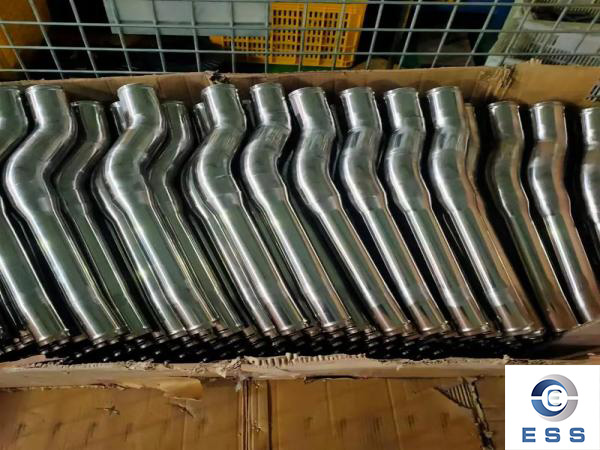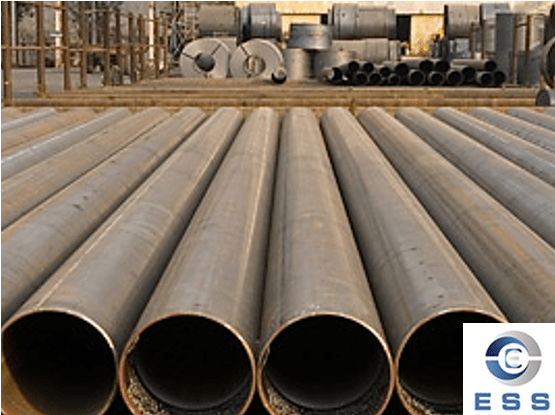Low-magnification structural defects of hydraulic tubes blanks

Visual inspection of subcutaneous bubbles in the tube blank:
The first reason is insufficient deoxidation of molten steel, and the second reason is the gas content (especially hydrogen) in the molten steel, which is also an important reason for the generation of subcutaneous bubbles in the tube blank. These defects form flying skin (irregular) on the outer surface of the steel pipe after perforation or rolling, and the shape
It looks like a "nail", and in severe cases it will cover the outer surface of the steel pipe. Such defects are small and shallow and can be removed by grinding.
Subcutaneous cracks in the tube blank:
The main reason is that the temperature of the surface layer of the continuous cast round tube billet changes repeatedly and causes multiple phase changes. Generally, no defects occur, if any, they are slightly outwardly bent.
Middle crack and center crack of tube blank:
The middle crack and center crack of the continuous cast round tube billet are the main reasons for the inward folding of the seamless steel pipe. The causes of cracks are very complex, involving the effects of billet solidification heat transfer, mass penetration and stress. Generally speaking, they are controlled by the solidification process of the billet in the secondary cooling zone.
Porosity and shrinkage holes in the tube blank:
It is mainly caused by the advance grain effect of the cast slab during the solidification process, and the movement of liquid metal is hindered by shrinkage caused by cooling in the solidification direction. If the continuous cast round tube blank has porosity and shrinkage holes, it will not have much impact on the quality of the cross-rolled and perforated capillary tube.
Microstructural defects of tube blank:
High magnification or electron microscope.When the composition and structure of the billet are uneven and severe segregation occurs, the rolled steel pipe will show a severe banded structure, thereby affecting the mechanical properties and corrosion properties of the steel pipe and making its performance unqualified. When the tube blank contains too many inclusions, it will not only affect the performance of the steel pipe, but may also cause cracks in the steel pipe during the production process.
Factors: Harmful elements in steel, tube blank composition and structural segregation, and tube blank non-metallic inclusions.













 Eastern Steel Manufacturing Co.,Ltd not only improve product production and sales services, but also provide additional value-added services. As long as you need, we can complete your specific needs together.
Eastern Steel Manufacturing Co.,Ltd not only improve product production and sales services, but also provide additional value-added services. As long as you need, we can complete your specific needs together.










